
Introduction
For any system, no matter if long established or brand new, a normal prime is considered an essential part, so it doesn’t come as a surprise that a 50mm f/1.8 lens was part of the first batch of lenses Nikon announced for the Z system.
With 12 lens elements, including 2 ED and aspherical elements each, the Nikkor Z 50mm f/1.8 S comes with a fairly complex optical design for a normal prime. In addition, it carries the S designation, which Nikon reserves for the high-end lenses in the new Z portfolio. Their marketing spent a lot of budget on emphasizing the benefits of the huge diameter and the short flange distance of the Z mount, which especially the S line lenses are claimed to take advantage of. So with this lens Nikon is obviously aiming for higher levels than what a typical “nifty fifty” lens would offer. The lens is considerably larger, heavier and more expensive than its F mount counterpart, the Nikkor AF-S 50/1.8 G.
So, let’s have a look at how the lens performs on the Nikon Z7 and if it’s able to match the high expectations.
Along with the new system comes a new lens body design language. Depending on personal preferences (and brand affection) it’s either perceived as minimalistic and clean or basic and boring.
The lens body consists of a mixture of tightly assembled polycarbonate and metals parts. The latter include the mount and most of the body parts, including the broad focus ring, giving the lens some weight and a welcome feeling of solidity.
The number of controls on the lens is reduced to a minimum. There’s an AF/M switch, the already mentioned focus ring… and that’s it. There is no distance scale or DOF indicator on the lens. Z cameras provide some sort of minimalistic distance information in the viewfinder, that is fairly basic though and mostly useless if you want to set the lens to a specific focus distance. However, with the immediate feedback the EVF can give by focus peaking and zooming in, those scales will probably not be missed by many.
The focus ring works by wire, so is not in any way mechanically coupled to the focus motor. This allows to adjust the focus throw depending on the speed the focus ring is turned with, giving fast changes with fast movements and very precise fine-tuning with slow movements. In addition, other functions can be assigned to it if required, like ISO, aperture or exposure compensation control. One slight disadvantage is however, that it doesn’t give any physical feedback if the end scale of whatever function is assigned to it is reached. This is most obvious of course during manual focus, where the lens gives no feedback when the focus setting reaches MFD or infinity.
One thing to get used to with the new minimalistic design is that at least the f/1.8 primes are less distinguishable from each other than their F-mount counterparts. This is especially true for the Z 50/1.8 S and the Z 35/1.8 S, which look nearly identical. Grabbing the right one from the photo bag is some kind of gamble, at least for anyone new to the system. In that case it’s helpful that that Nikon imprints the lens name in large and white writing near the mount.
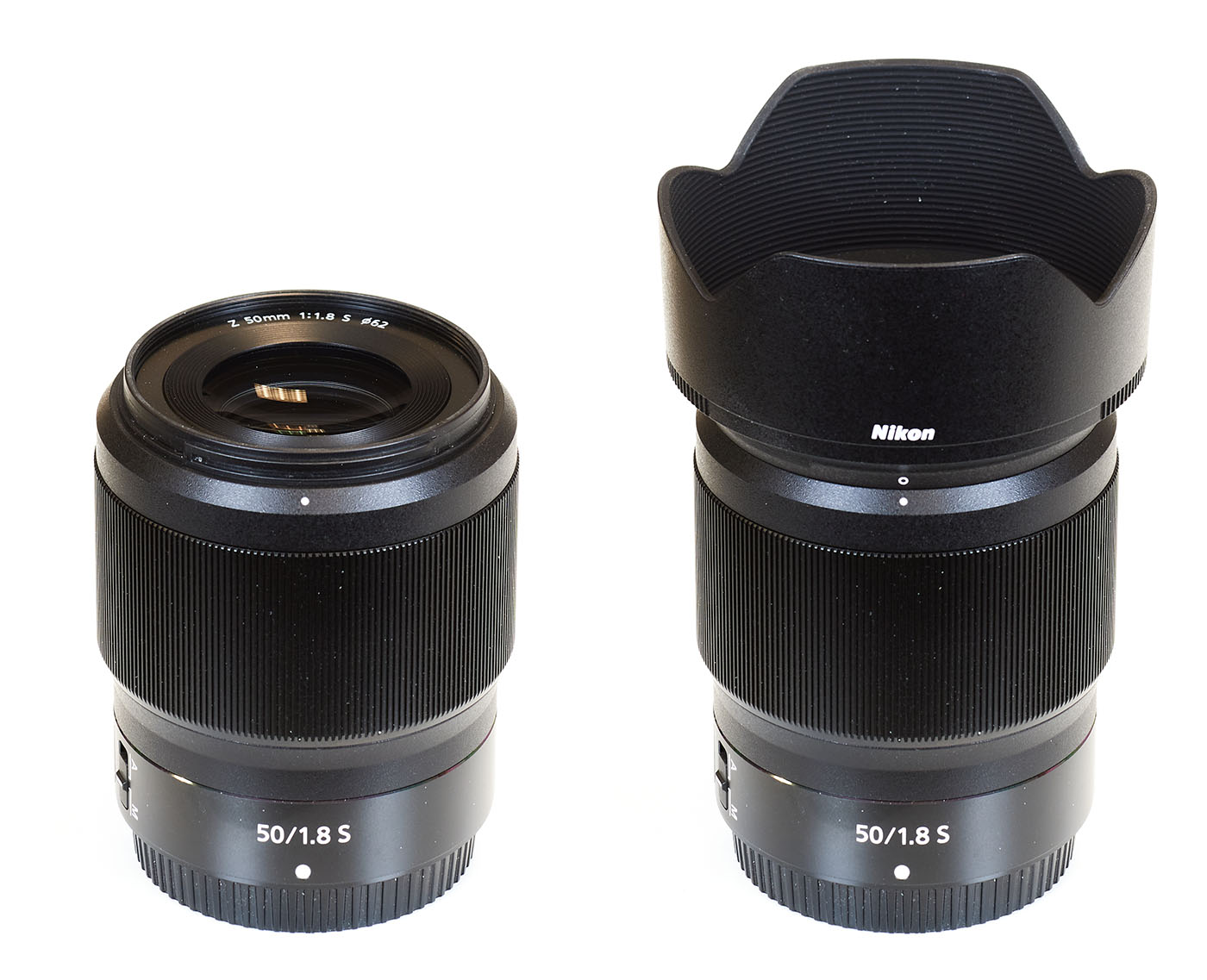
Thanks to an IF (inner focus) design the length remains constant regardless of the focus setting and as you’d expect from any modern lens the front element does not rotate. So, using a polarizer is no problem.
The lens features a stepping motor that allows the lens to adjust focus fast and silently. It’s not a completely noiseless drive, though, so if you’re into video, you’ll likely want to use an external microphone (which you’ll probably use anyway if you’re seriously into video). The aperture is controlled electronically, too.
The lens is sealed against dust and moisture.
| Specifications | |
|---|---|
| Optical construction | 12 elements in 9 groups including 2 ED, 2 aspherical elements and Nano Crystal Coat |
| Number of aperture blades | 9 (rounded) |
| min. focus distance | 0.4 m (max. magnification ratio 0.15x) |
| Dimensions | 76 x 86.5 mm |
| Weight | 415 g |
| Filter size | 62 mm (non-rotating) |
| Hood | petal-shaped (bayonet mount, supplied) |
| Other features | Stepping motor (STM), electronic aperture, customizable control ring, dust and moisture sealings |
Distortion
The lens produces a small amount of barrel distortion at around 0.7%. This is already fairly low for a normal prime lens. In addition, software correction can be enabled in-camera, which brings the distortion down to around 0.2%.


Vignetting
Even though it is a bit larger than a typical nifty fifty, the lens is still fairly compact, which in return means that some vignetting is to be expected. Wide open, the amount of light fall-off towards the image borders exceeds 2 stops. As usual, stopping down significantly reduces vignetting. At f/2.8 it is already down to less than one stop and around half a stop at f/4. Stopping down further does not reduce the remaining amount of vignetting though.
Nikon offers in-camera correction for vignetting, but the situation is a bit more complicated than distortion correction, where it is basically just an on/off setting. Vignetting correction can be set to either ‘off’, ‘low’, ‘normal’ or ‘high’ in the camera menu, where the default setting is ‘normal’. For JPGs, the chosen setting is applied to the final image. If you shoot RAW, the selected setting is stored in the meta data to be applied later by the processing software. In addition, Nikon embeds the full lens correction profile into the NEF files.
That correction profile seems to be of fairly high quality (and includes distortion correction data, too, btw.). If you shoot NEFs and use a RAW converter that allows full access to the embedded correction profile (like C1 does, for example, while Adobe products currently do not), vignetting can be completely eliminated. The initial idea was to include the results for fully applied correction in the chart below, however it would just have added empty space to the diagram, because at any aperture the software correction brought vignetting so close to zero that those bars would have been simply invisible in the chart.
Surprisingly, none of the in-camera correction settings Nikon offers makes full use of the correction profile in the same way. Even at the ‘high’ setting, vignetting is not fully corrected.
For our vignetting analysis of Z lenses, we do not use JPGs generated by the camera, as we usually do for other systems. Instead, we base the analysis on NEF files imported into CaptureOne, with vignetting correction applied to a level that resembles the ‘normal’ setting of the in-camera correction. This may seem like an unnecessarily complicated approach in the context of this review, but it gives us more flexibility in upcoming reviews of lenses with high distortion levels, where we want to address the effects of both kinds of software correction on vignetting combined and independently.
With that amount of ‘normal’ correction applied, more than one stop of vignetting remains at f/1.8, while from f/2.8 onwards it’s reduced to a level that should not be noticeable anymore with most subjects.

MTF (resolution)
The Nikkor shows impressive performance in the lab. There is excellent resolution in the image center and near center straight from the maximum aperture.
The borders and corners follow a bit behind with very good resolution straight from f/1.8, with the borders even reaching excellent levels stopped down to f/5.6.
The lens showed a small amount of focus shifting when stopping down (residual spherical aberration).
Please note that the MTF results are not directly comparable across the different systems!
Below is a simplified summary of the formal findings. The chart shows line widths per picture height (LW/PH) which can be taken as a measure for sharpness. If you want to know more about the MTF50 figures you may check out the corresponding Imatest Explanations

Chromatic Aberrations (CAs)
Chromatic aberrations (color shadows at harsh contrast transitions) are very well controlled by the lens, with values of just below half a pixel at the image borders wide open, slowly decreasing to below 0.3 pixels stopped down to f/11.

Bokeh
One of the main reasons to use a fast prime over any kind of slower zoom is its ability to separate the main subject from the background. For such images, the quality of the background blur is of major importance.
The Nikkor delivers very smooth and pleasing image blur in these kinds of shots.
Out-of-focus highlights are evenly filled with virtually no outlining. Thanks to the 9 rounded aperture blades, highlights retain their circular shape even when the lens is stopped down.

The shape of the highlights deteriorates a bit towards the image borders due to mechanical vignetting at large apertures. However, stopping down solves that issue.
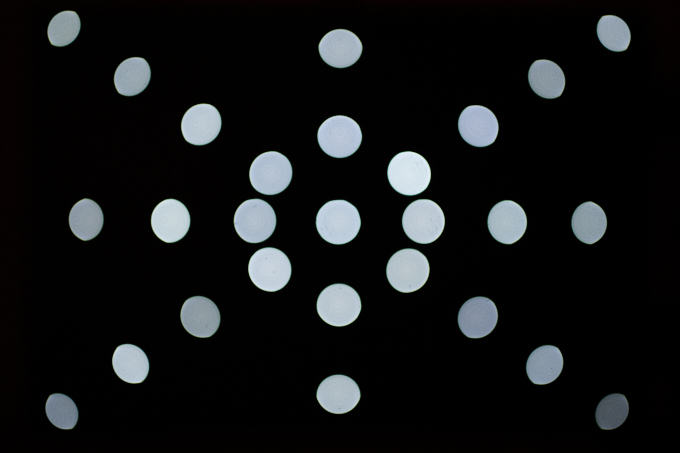

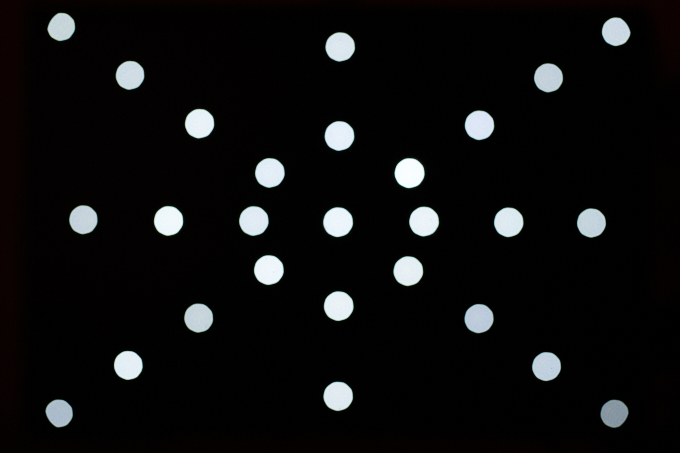

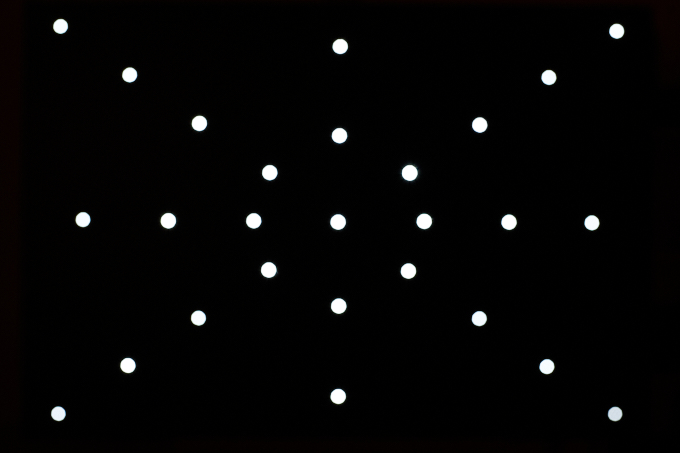
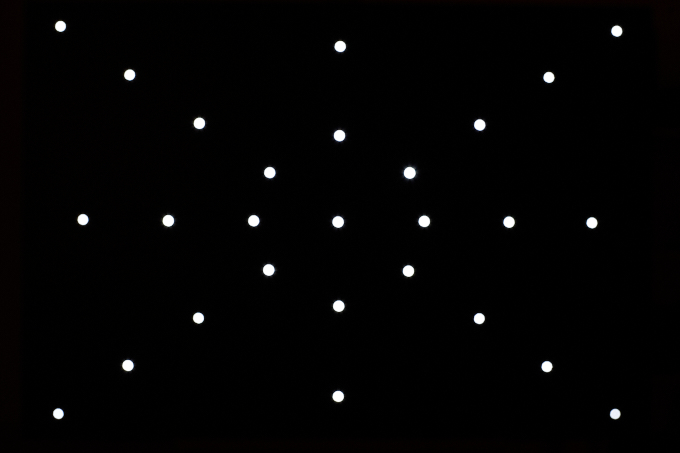
In the focus transition zone, the lens shows smooth image blur behind the focal plane (to the left below), but a bit more nervous bokeh due to mild double images in the foreground (to the right below).

Bokeh Fringing / LoCA
Bokeh fringing (non-coinciding focal planes of the various colors, also referred to as longitudinal chromatic aberration, or LoCA for short) is an axial color fringing effect and a common issue with relatively fast glass. The halos typically have different colors – magenta (red + blue) in front of the focus point and green beyond. Unlike lateral CAs, bokeh fringing can not easily be fixed in post processing.
The Nikkor is not free of of bokeh fringing, but shows a fairly low amount wide open for its lens class. As usual, stopping down the lens reduces the amount of bokeh fringing further.
In addition, these shots also illustrate the small amount of focus shift when stopping down that was mentioned in the MTF section. It’s worth mentioning though that down to f/5.6, Z cameras focus with the lens stopped down (unless the lens is even slower than f/5.6, of course), so the focus shift can only become an issue if the lens is focussed manually and the aperture changed later (that’s actually what we do for the images below).
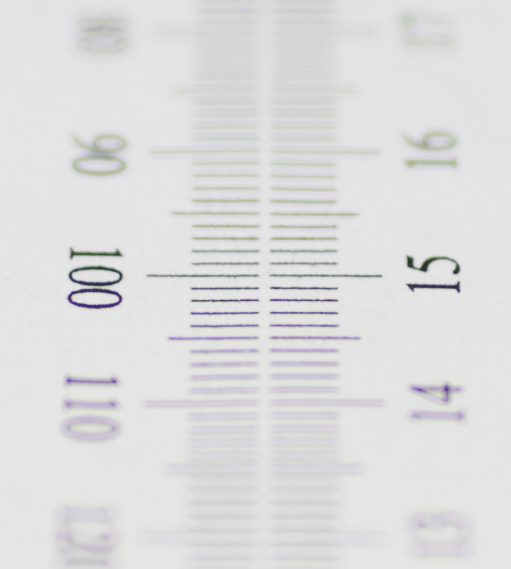


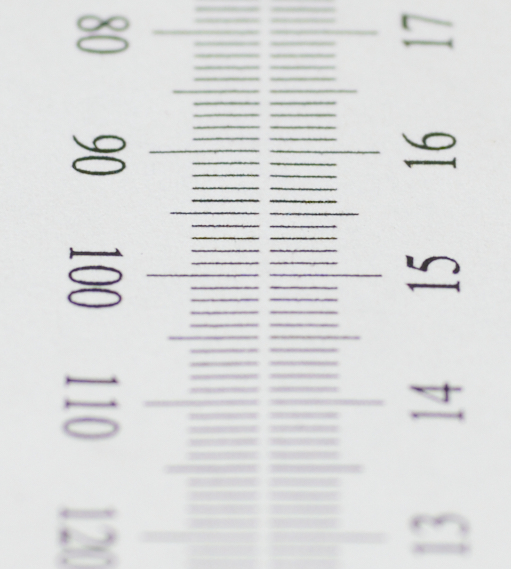
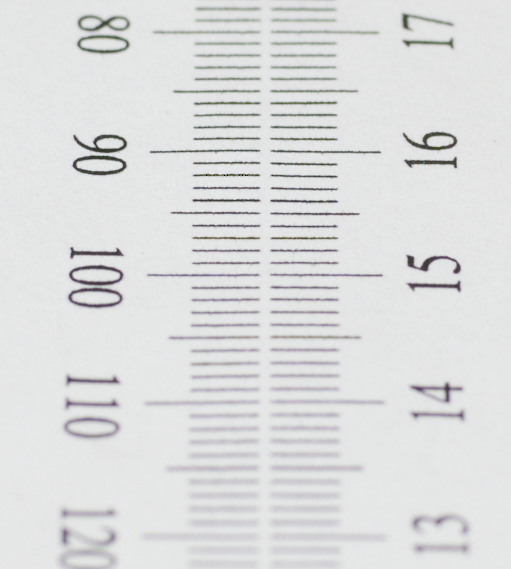

Sample Shots
The following sample shots were RAW-converted in CaptureOne with lens corrections disabled.
Nikon promised an above average normal prime performing on a new level, and they certainly delivered. The Nikkor Z 50mm f/1.8 S delivers extremely sharp images, combined with very pleasing background blur.
The lens resolution is outstanding both because of the high level across the whole image frame straight from the maximum aperture, but also because of its uniformity across the tested aperture range (until diffraction kicks in and reduces the maximum possible resolution at smaller apertures).
Background blur is very soft and smooth with evenly filled highlights without visible outlining. The latter is also partly because of the fairly low amount of bokeh fringing. In summary, the bokeh quality is outstanding for this lens class.
CAs are very well controlled and no issue at all. Distortion is fairly low natively already and well handled by software correction, if applied.
Vignetting is pronounced at large apertures, but that's to be expected from such a lens. Software correction can take care of it completely, it's surprising though that Nikon does not make full use of its own correction profile in-camera.
The build quality of the lens is on a very high level. There are some plastic parts on the lens body, but most of it is made from aluminum and feels sturdy and solid. Controls on the lens are reduced to a minimum, just the AF/M switch and the focus ring. The latter works electronically thugh with variable speed and can be customized to control a (small) selection of other functions.
Thanks to a stepping motor, autofocus is very fast and silent.
In summary, a really impressive lens that easily deserves our 'Highly Recommended' badge.
-
Optical Quality
-
Build Quality
-
Price/Performance

